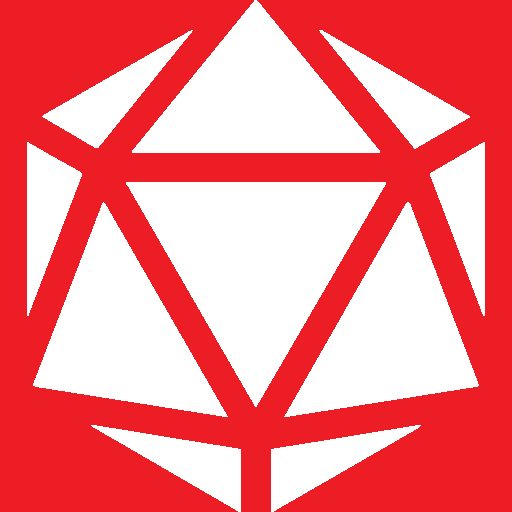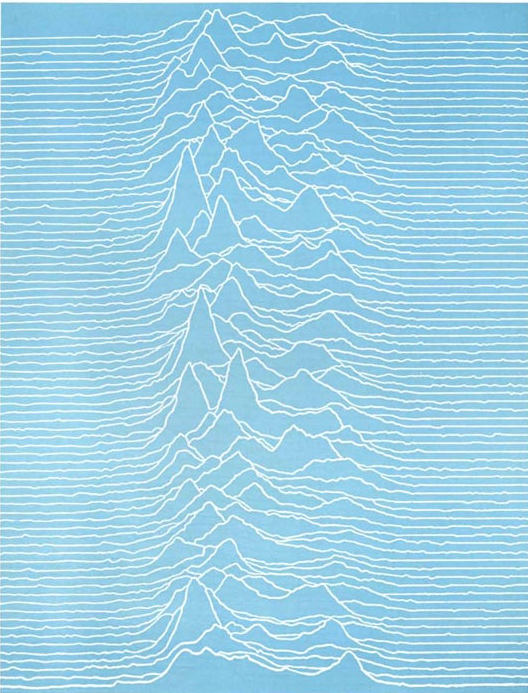Fyi there are 365.242374 days in a year.
Real answer: No.
Longer real answer: The current Chinese calendar is not 4721 years old. It was developed right at the end of the Ming Dynasty, in the 17th century AD. The current calendar is based on direct observations of the exact positions of the sun and the moon, and so it is inherently precise and future-proof.
Since I am a massive calendar nerd, I will now delve into the gory details.
The civil day runs from midnight to midnight, Chinese Standard Time.
Each month begins on the day of the new moon. It doesn’t matter if the new moon happens one second after midnight or one second before the day ends, if it falls on that day, then that day is the start of the month.
A year usually has 12 months, but sometimes has 13 to keep things aligned with the sun. The ecliptic is divided into 24 equal parts called solar terms (jieqi), of which the even-numbered ones are called major solar terms (zhongqi). The zhongqi include the instants of the solstices and equinoxes. A month normally contains a zhongqi within it; if a year has a leap month, the leap month is the first month without a zhongqi. The leap month has the same name and number as the preceding regular month. (If the Gregorian calendar did leap month, it would be like going January, February, March, Extra March, April…)
The 11th month of the year, by definition, is the one that contains the southern solstice (which in China is the winter solstice). If there are 12 months between that month and the 11th month of the next year, then the year to come is a normal year with 12 months; if there are 13, then one of those 13 months is a leap month. Most commonly, the leap month is part of the year to come, but occasionally it falls after the 11th or 12th month of the year coming to an end.
The calendar year has nothing to do with the age of the calendar; it is the number of years since some important event. The Gregorian calendar, for example is on year 2023 as of this writing, but it is not 2,023 years old; it was introduced in 1568, but counts years from the birth of Jesus (or rather the nominal birth; historians and Bible scholars generally agree that Jesus was actually born closer to 4BC). The earliest known Chinese calendars date to the Shang dynasty, and assumed a tropical year of 365¼ days. Under the influence of Indian astronomical treatises, calendars were designed that closely matched the length of the sidereal year, but Chinese astronomers noticed in the early Han dynasty that the tropical year is slightly shorter than the sidereal year, and adjusted their values to match.
Calendar reform was seen as a duty of the emperor, as it was right and proper to make timekeeping accord ever closer with the seasons. To this end, every emperor was expected to commission at least one calendar refinement, though not all of them did so. Such was the importance of accurate timekeeping that foreigners were invited to bring astronomical knowledge and methods to China. Muslims astronomers in particular were sought-after due to the impressive astronomical knowledge of the Muslim world.
Jesuit missionaries arrived in China during the reign of Emperor Deyue, and impressed court officials with European mathematical and engineering insights. The emperor heard about this and decided to put them to a test. He tasked the Christians with predicting the exact time of the next eclipse, and also tasked the Buddhist and Muslim astronomers in his court with the same task. The Christians were naturally eager to impress the emperor, and quite reasonably figured that converting him would do a great deal to Christianise the rest of China. The Christians knew about the mighty logarithm, and their calculation of the time of the eclipse was most accurate. The emperor was impressed, and tasked them with designing the latest iteration of the calendar, which is still in use today. He was also initially receptive to Christianity until they got to the part where he would only be allowed to have one wife at a time, and no concubines. Upon hearing this, he decided that Christianity wasn’t for him, and Buddhism was really more his speed.
Since I am a massive calendar nerd, I will now delve into the gory details.
This is the most exciting sentence I’ve read on Lemmy so far, kudos.
This is the type of content I’ve missed. Wonderful read.
What a fantastic little read thank you
Missed the opportunity for: January, February, March, March harder, April
I wish I can see this kind of post more regularly at Lemmy. Very insightful.
Thank you!
Is there a lemmy best of where thus can be reposted? It’s that awesome.
Thanks!
There is /m/BestOfLemmy@lemmy.world
So if I got this right, instead of defining the number of days in a year like Julian calendar, the Chinese calendar goes off lunar cycles with extra months as necessary (according to lunar and solstice cycle). Thus it naturally didn’t run into the problem the Julian calendar had with defined number of days. Right?
Pretty much.
How does one become a massive calendar nerd?
Same way you get to be any other kind of nerd - by getting really interesting in something.
In my case, I’d had some interest in calendars for a while, ever since I came across this converter. I’d also always wanted to learn programming, but my previous efforts just kind of fizzled out.
In 2020, I had some COVID-related downtime, and decided to use it to learn programming again. I worked my way through a book on Python, and when I finished, decided that the best way to practice was to write a real programme. I figured an extensive calendar converter would be a good way to learn, since it’s all just maths. Writing a converter involved doing research to learn how various calendars work, writing code, and comparing it to existing converters and historical data. This in turn led to finding out about more and more obscure calendars, and I just became obsessed with tracking down vague hints and references.
The Chinese calendar in particular took me about a year of admittedly sporadic work, plus a lot of frustration, to figure out, because while there are plenty of descriptions, most of them are poorly-worded and not very descriptive. I also ended up having to write a whole library in Fortran to calculate the position of the sun and the moon. Yes, Fortran.
Right now I’m trying to figure out how traditional Indian calendars work, which is a whole challenge because they’re even less-well documented than the Chinese calendars, and what documentation I can find tends to result in dates that don’t match official dates.
I’ve put my notes on the calendars I’ve so far implemented here, with sources. Some sources are sketchy, but were all I could find.
Very interesting. Thank you for taking the time to contribute your knowledge. I appreciate it.
You are entirely welcome.
Very nice read at 6.17AM, thank you!
The only real solution is to use rockets to nudge the Earth into a slightly faster orbit so it can be an even 365.
You are wrong. It is easier to adjust earth rotation around its own axis, changing day duration, so that there are exactly 365 days in a year. Well, maybe 256 is better.
360
Easier to calculate with years AND longer days? Take my money, I’m in
Actually, it’s cheaper to just move water around. China did it, so can the rest of the world.
I’m intrigued by your comment, what are you referencing?
edit: thanks for the answers! fascinating
The 3 Gorges Dam in China slowed the Earth’s rotation by .06 microseconds per day due to the amount of water moved altering the Earth’s moment of inertia
My bad, added a link.
Some weird grammar in that article. I thought it was AI at first.
a figure skater attempting to spin faster will draw her arms tight to her bodies, and thereby reduce her moment of inertia.
How many bodies does she have?
draw her arms tight to her
bodiesboobiesFixed it.
Those blade skates can kill a couple dozen people before they dull out. I’d say 69.
And the fun part about orbital mechanics is you get that faster orbit by decelerating the earth. Orbital mechanics are a little ironic, don’t ya think?
I’m not an expert on the subject, but at least one of the calenders you’re thinking of is a Lunar calendar.
So not 365.242374 days but a variety of other synchronisation problems.
This mess pops up every time that we’re relying on multiple primary standards for the same property (in this case, time). If redoing it, it would be simply better to use the day as the “one cycle to rule them all!”, and then use exact and round-ish multiples/divisions for larger/smaller amounts of time. (e.g. “a new-second is 1/80000 of a day” [currently 86400], “a new-year is 400 days”)
…except nobody is touching some weird shit that has been ingrained in human societies for a million and half of days. Probably even before that.
Having summer and winter start around the same time every year is a pretty good thing to have.
It is. But I think that having rounder numbers is even better - it simplifies any measuring, division or multiplication. People planting crops/etc. would likely refer to the seasons instead of year (same as now), and school summer vacations would be likely set up per year (just like Easter etc.).
A somewhat middle ground approach would be if the “social year” was defined to have 360d. Seasons and years would still mismatch over time, but from one year to another they’d be rather close. (e.g. if summer started 10/Mar this year, it’ll start ~15/Mar in the next year)
A 12-month-year using this system has 354 days, which would drift significantly from the tropical year. To fix this, traditional Chinese years have a 13-month year approximately once every three years. The 13-month version has the same long and short months alternating, but adds a 30-day leap month (閏月; rùnyuè). Years with 12 months are called common years, and 13-month years are known as long years.
Wikipedia says it is Lunisolar so it may have another set of problems.
Time is all relative anyway. Do we even know how fast the Milky Way is going and in which direction?
Do we even know how fast the Milky Way is going and in which direction?
Great question! Yes we do, for the last 40 years or so.
“astrophysicists found that the Milky Way was moving in the direction of the constellation of Centaurus at about 600 km/s”
What in insane amount of inertia that is.
It is relatively large
Time is an illusion. Lunchtime doubly so.
This reeks of Douglas Adam’s humor
It’s a direct quote from him.
It is exactly Douglas Adams’s humor.
I feel like its going up.
It feels like it’s going down to me…
I feel it going left.
The Hebrew Calendar is supposedly 5784 years old (it isn’t) but it’s all sorts of fucked up.















